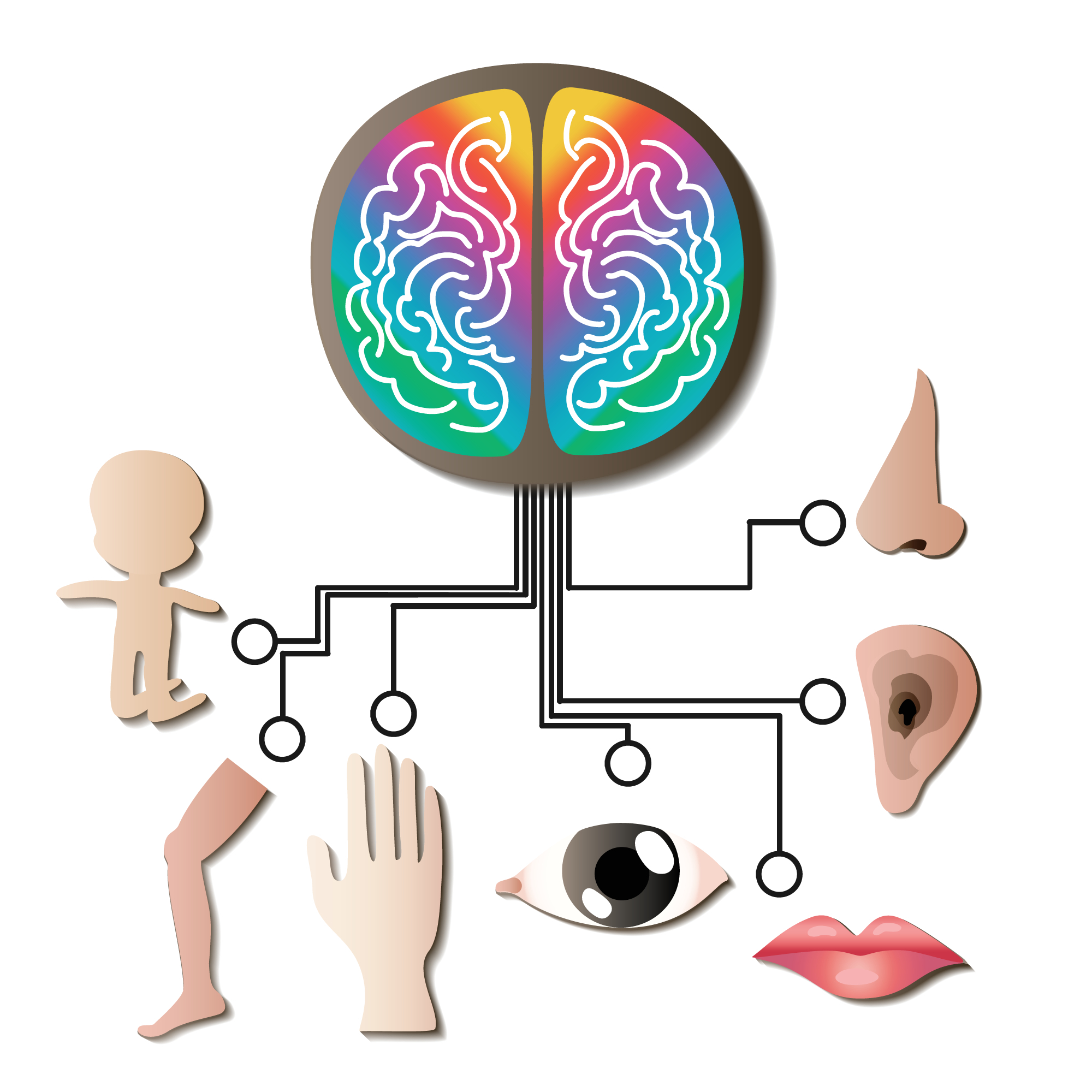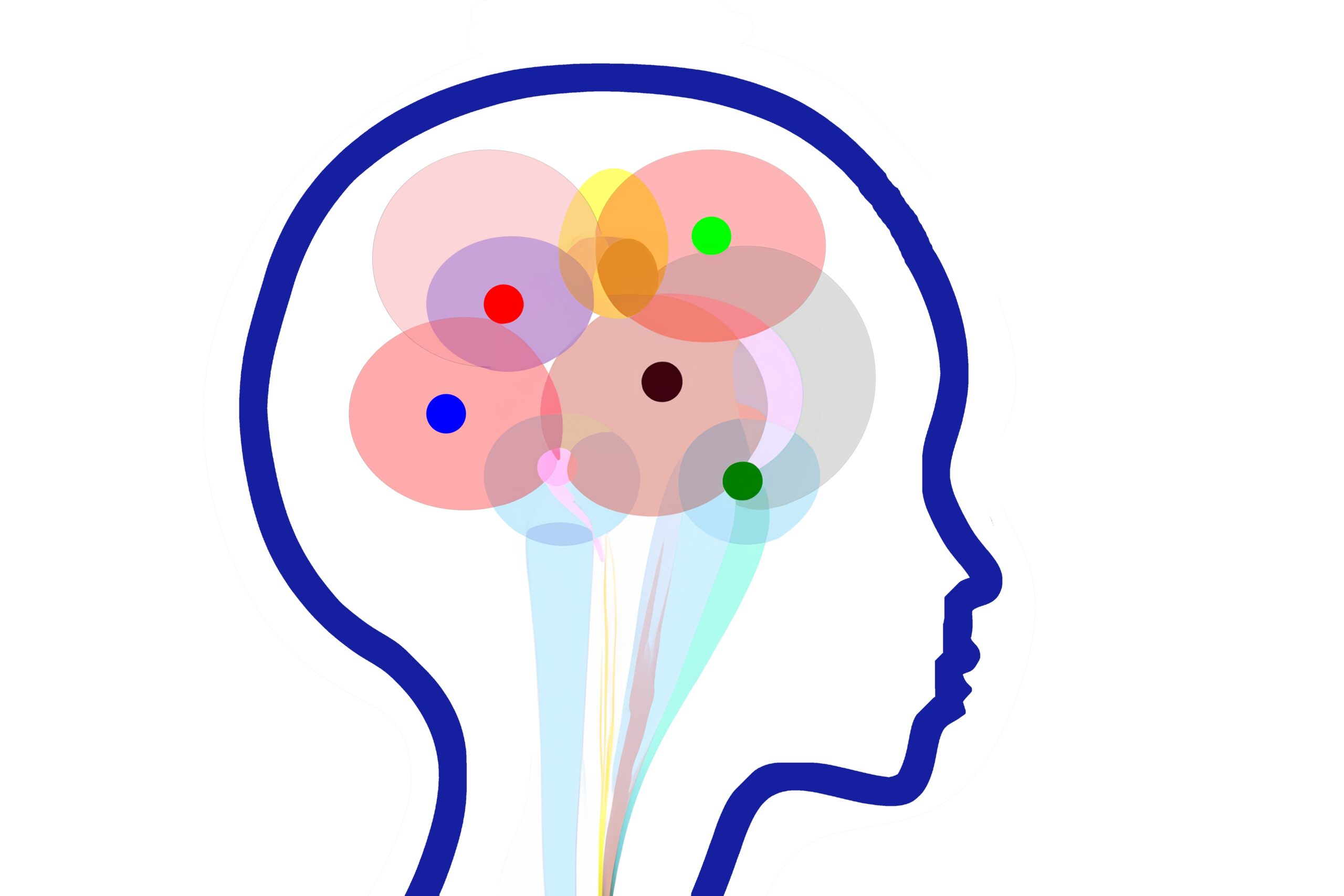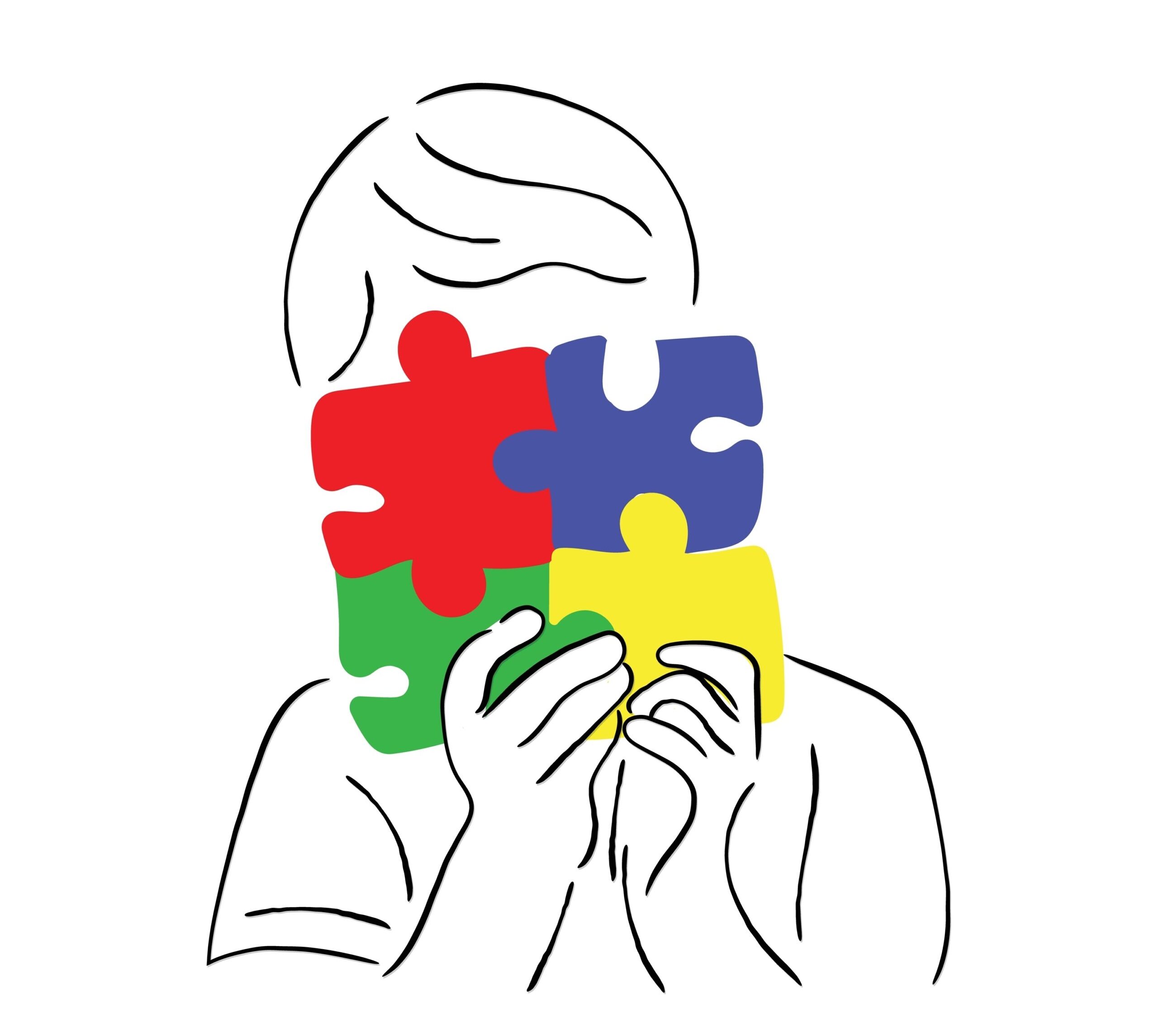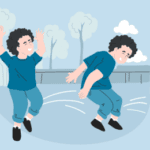
Sensory Processing Disorder
- Signs and Symptoms of Sensory Processing Disorder in Children
- Sensory Processing Disorder in Teens: Signs, Symptoms, Diagnosis & Treatment
- Sensory Processing Disorder (SPD) in Adults: Signs, Diagnosis, Treatment & Coping Strategies
- Types of Sensory Processing Disorder (SPD): Symptoms, Characteristics & Treatment
- Sensory Processing Disorder Treatment Options & Best Therapies for SPD in Children and Adults
- Living with Sensory Processing Disorder: Daily Tips, Support Strategies, and Family Guidance
- Vestibular and Proprioceptive Processing in Sensory Processing Disorder (SPD)
- Causes and Risk Factors of Sensory Processing Disorder (SPD): What Science Knows
- How Is Sensory Processing Disorder Diagnosed? Tests, Signs, and Evaluation Tools
- Stimming Behaviors in Sensory Processing Disorder: What They Are and Why They Matter
- Sensory Processing Disorder and Learning: How Sensory Challenges Affect Education
- Sensory Diet Strategies for Kids: Effective Tools for Sensory Regulation
- Sensory Integration Disorder and Sensory Integration Therapy
- Sensory Discrimination Disorder
- Sensory Modulation Disorder: Symptoms, Subtypes, and Treatment Strategies
- Sensory Over-Responsivity (SOR): Signs, Causes, and How to Help Kids and Adults Cope
- Sensory Under-Responsivity: Signs, Causes, and Support for Children and Adults
- Sensory-Based Motor Disorder: Signs, Symptoms, and Effective Treatments for Children and Adults
- Visual Processing Disorder: Signs, Symptoms & How to Support Visual Learning Challenges
- Auditory Processing Disorder (APD): Symptoms, Diagnosis & Treatment for Children and Adults
- Sensory Seeking/Craving: Understanding, Identifying, and Supporting Sensory Seekers
- Dyspraxia (Developmental Coordination Disorder): Understanding SBMD and Its Impact
- Postural Disorder: Causes, Symptoms & Treatment | Sensory-Based Motor Disorder Guide
Causes and Risk Factors of Sensory Processing Disorder (SPD): What Science Knows

Authored by: The DrSensory Editorial Team
Reviewed by: 🛡️ DrSensory Clinical Review Board
Last updated: June 2025
- Is Sensory Processing Disorder Genetic?
- Developmental and Prenatal Risk Factors for SPD
- Neurological Differences in Children with SPD
- Co-Occurring Conditions and SPD Risk
- Environmental and Lifestyle Factors That May Contribute to SPD
- Is SPD caused by parenting or upbringing?
- Can trauma cause Sensory Processing Disorder?
Causes and Risk Factors of Sensory Processing Disorder (SPD): What Parents and Professionals Need to Know
Sensory Processing Disorder (SPD) affects how the brain interprets and responds to sensory input—such as touch, sound, movement, and body awareness. But what causes SPD? And who is most at risk?
Although SPD is not currently classified as a standalone disorder in the DSM-5, research continues to uncover neurological, genetic, and developmental influences behind sensory dysfunction.
What Causes Sensory Processing Disorder?
Sensory Processing Disorder does not have a single known cause, but most researchers agree it stems from a combination of neurological differences, genetic predisposition, and early developmental factors.
The brains of individuals with SPD show atypical connectivity between sensory areas. This affects how stimuli like sound, touch, or movement are processed and integrated—often leading to hypersensitivity, avoidance, or sensory-seeking behaviors.
SPD may arise as a standalone condition, or it can be associated with other developmental diagnoses such as Autism Spectrum Disorder, ADHD, or premature birth complications.
Sensory Over-Responsivity (SOR): Signs, Causes, and How to Help Kids and Adults Cope
Sensory Processing and Autism: Understanding Sensitivities, Overload & Effective Therapies
Is Sensory Processing Disorder Genetic?
There is growing evidence that SPD runs in families, suggesting a genetic component. Studies have shown that first-degree relatives of children with SPD often report similar sensory challenges themselves, even if they were never formally diagnosed.
A 2013 study from the University of California, San Francisco found that children with SPD had measurable differences in white matter brain pathways, especially in areas tied to sensory and emotional regulation. These differences may be influenced by genetic variations related to neurodevelopment.
While researchers haven’t pinpointed a single “SPD gene,” genetics likely play a strong role—especially when SPD co-occurs with autism or ADHD.
Developmental and Prenatal Risk Factors for SPD
Certain prenatal and early life conditions can increase a child’s risk of developing Sensory Processing Disorder.
Common developmental risk factors include:
- Premature birth (before 37 weeks)
- Low birth weight
- NICU stays or early medical trauma
- Prenatal exposure to alcohol, drugs, or toxins
- Birth complications or oxygen deprivation
These early challenges can interfere with neural pathway development, potentially leading to difficulties in how sensory input is processed and organized.
Neurological Differences in Children with SPD
Children with SPD often show functional and structural differences in the brain, especially in areas related to sensory integration, motor planning, and attention.
MRI studies have revealed:
- Abnormal white matter tracts connecting sensory regions
- Reduced connectivity in areas responsible for multisensory integration
- Overactive responses in the amygdala to sensory input (linked to fear/anxiety)
- Differences in cerebellum size and functioning, which impacts balance and movement
These neurological differences may explain why individuals with SPD react more intensely—or less responsively—to everyday stimuli like sounds, textures, or motion.
Sensory Seeking/Craving: Understanding, Identifying, and Supporting Sensory Seekers
Co-Occurring Conditions and SPD Risk
SPD frequently appears alongside other neurodevelopmental conditions, which may increase the risk or severity of sensory symptoms.
Conditions that commonly co-occur with SPD include:
- Autism Spectrum Disorder (ASD)
- Attention Deficit Hyperactivity Disorder (ADHD)
- Anxiety disorders
- Language or learning disabilities
- Developmental Coordination Disorder (DCD)
In these cases, it’s not always clear whether SPD is a separate diagnosis or a symptom subset, but the overlap is significant. Recognizing co-occurring conditions is essential for accurate diagnosis and effective treatment planning.
Environmental and Lifestyle Factors That May Contribute to SPD
While SPD is not caused by poor parenting or lifestyle alone, certain environmental conditions may influence how sensory systems develop in early childhood.
Potential contributing factors:
- Sensory deprivation or neglect
- Overstimulating environments (e.g., excessive screen time, chaotic routines)
- Chronic stress or exposure to trauma
- Poor attachment or inconsistent caregiver interaction
These conditions can impact the brain’s ability to filter and integrate sensory information appropriately. Supportive, sensory-rich early environments are key to fostering healthy sensory development.
Sensory Integration Disorder and Sensory Integration Therapy
Sensory Diet Strategies for Kids: Effective Tools for Sensory Regulation
Sensory Processing Disorder Treatment Options & Best Therapies for SPD in Children and Adults
Is Sensory Processing Disorder (SPD) caused by parenting or upbringing?
No, Sensory Processing Disorder is not caused by parenting style or upbringing. SPD is a neurological conditionthat affects how the brain processes sensory input such as touch, sound, movement, and body awareness. It is not the result of poor discipline, lack of boundaries, overindulgence, or inattentive parenting.
Scientific studies point to genetic factors, brain connectivity differences, and developmental conditions as more likely contributors to SPD. While environmental stressors may exacerbate symptoms, parenting does not cause SPD.
That said, parenting plays a crucial role in managing SPD symptoms. Compassionate, informed caregivers can make a dramatic difference by:
- Providing structured routines
- Creating sensory-friendly environments
- Advocating for school accommodations
- Learning calming techniques and sensory regulation strategies
Living with Sensory Processing Disorder: Daily Tips, Support Strategies, and Family Guidance
Can trauma cause Sensory Processing Disorder?
Trauma does not directly cause Sensory Processing Disorder, but early life trauma, neglect, or prolonged stress can influence sensory regulation and mimic SPD symptoms.
Children who have experienced:
- Early medical trauma
- Neglect or abuse
- Frequent caregiver changes (e.g., foster care)
- Chaotic or unpredictable environments
may develop sensory sensitivities or regulation issues. This is often referred to as sensory trauma response or trauma-related sensory dysfunction—which can resemble SPD but may stem from psychological and emotional disruptions rather than neurological wiring alone.
In these cases, it’s essential for therapists and caregivers to consider both sensory needs and trauma history. A trauma-informed sensory integration approach can be highly effective in helping children feel safe, regulated, and in control of their bodies.
This page provides general educational content and is not a substitute for professional medical advice. Always consult a licensed provider for diagnosis and treatment.
View privacy policy, copyright and trust info
More on SPD

- Signs and Symptoms of Sensory Processing Disorder in Children
- Sensory Processing Disorder in Teens: Signs, Symptoms, Diagnosis & Treatment
- Sensory Processing Disorder (SPD) in Adults: Signs, Diagnosis, Treatment & Coping Strategies
- Types of Sensory Processing Disorder (SPD): Symptoms, Characteristics & Treatment
- Sensory Processing Disorder Treatment Options & Best Therapies for SPD in Children and Adults
- Living with Sensory Processing Disorder: Daily Tips, Support Strategies, and Family Guidance
- Vestibular and Proprioceptive Processing in Sensory Processing Disorder (SPD)
- Causes and Risk Factors of Sensory Processing Disorder (SPD): What Science Knows
- How Is Sensory Processing Disorder Diagnosed? Tests, Signs, and Evaluation Tools
- Stimming Behaviors in Sensory Processing Disorder: What They Are and Why They Matter
- Sensory Processing Disorder and Learning: How Sensory Challenges Affect Education
- Sensory Diet Strategies for Kids: Effective Tools for Sensory Regulation
- Sensory Integration Disorder and Sensory Integration Therapy
- Sensory Discrimination Disorder
- Sensory Modulation Disorder: Symptoms, Subtypes, and Treatment Strategies
- Sensory Over-Responsivity (SOR): Signs, Causes, and How to Help Kids and Adults Cope
- Sensory Under-Responsivity: Signs, Causes, and Support for Children and Adults
- Sensory-Based Motor Disorder: Signs, Symptoms, and Effective Treatments for Children and Adults
- Visual Processing Disorder: Signs, Symptoms & How to Support Visual Learning Challenges
- Auditory Processing Disorder (APD): Symptoms, Diagnosis & Treatment for Children and Adults
- Sensory Seeking/Craving: Understanding, Identifying, and Supporting Sensory Seekers
- Dyspraxia (Developmental Coordination Disorder): Understanding SBMD and Its Impact
- Postural Disorder: Causes, Symptoms & Treatment | Sensory-Based Motor Disorder Guide
Find a Therapist near you
Are you looking for a physical, occupational, or speech therapist in your area?
Look no further than the DrSensory Therapist Database and Clinic Directory!
Find a Therapist
Find the physical therapist, occupational therapist, or speech language pathologist you’re looking for!
Ask Us Anything
Whether you are looking for advice, have a general question about sensory processing, or looking for resources.
Submit Your Story
Share your story about your child. Let’s celebrate milestones and learn more about challenges.













































































